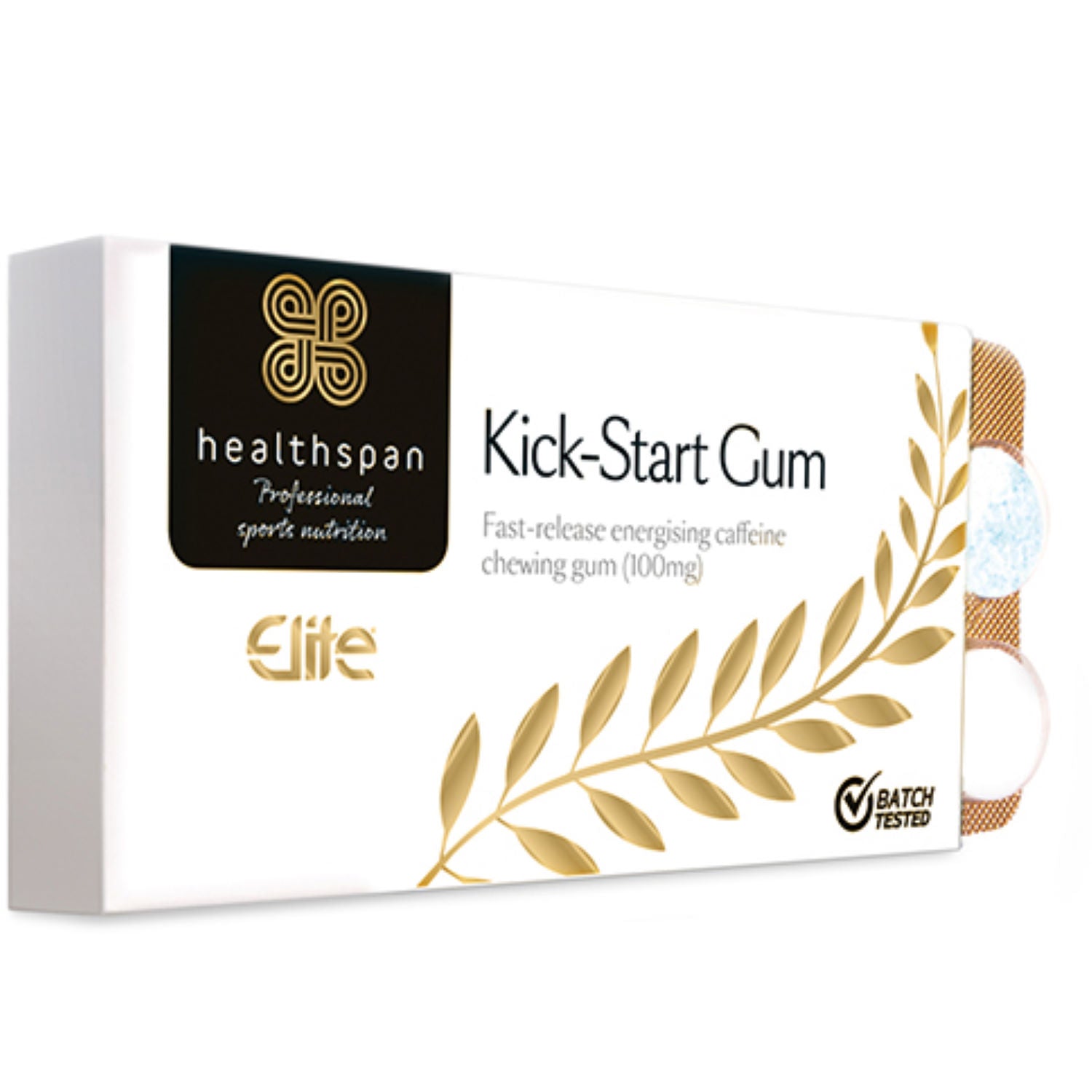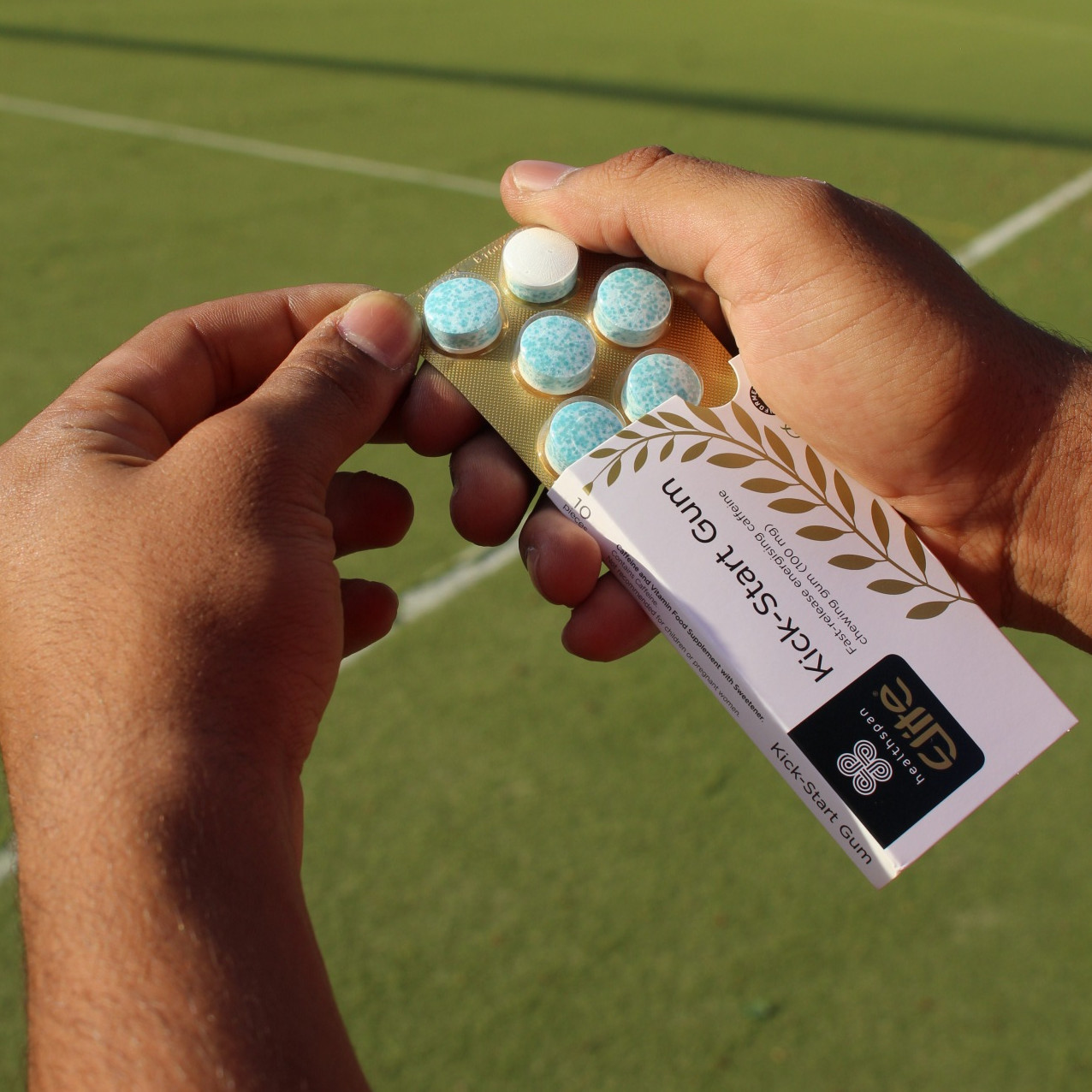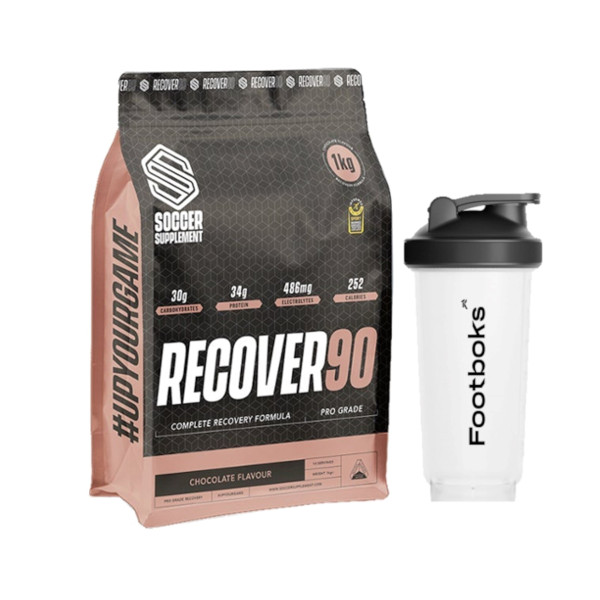How to prevent muscle injuries?
If there is one thing in common between footballers of all levels, it is the possibility of being confronted with an injury.In the most common radius with the crossed ligaments, we find the good old muscle injuries.From simple elongation to total break, these injuries are always a break in the pace and progress of a football player.Footboks makes you the topo on these famous injuries, and gives you some tips to make sure to avoid them.
The causes of muscle injuries
You can generally injure yourself in three different ways.The first and most direct, in contact with another player: you took a nasty crutch by the opposing central defender who was fed up with your body feints and your hooks.The second, more indirect, by putting a cold praline from the second minute of play, or by changing direction suddenly.This time, you can only take it to yourself because in the majority of cases, it is that you have poorly warmed yourself.The third and most common at the high level is linked to the excessive solicitation of the muscles on overbuilding funds.You trained all week, you didn't necessarily recover 100% for the match, and when the opposing striker faster than you overflows, you give everything but the body does not follow.Clac, finished.
The different types of muscle injuries
There are different levels of muscle injuries, the three best known being, in order of gravity, the elongation, the tear (the famous keying) and the rupture.The most affected areas in the footballer are generally the hamstrings (behind the thigh), the quadriceps (thigh) and the calf.The common point of each of these injuries is that the muscle tissues have been injured, they damaged themselves.The elongation is the least serious muscle injury since it is generally only a few days to recover.It is caused by excessive extension of the muscle which generates slight lesions of muscle fibers.
The tear is a more serious injury which requires a stop of two to three weeks in the so -called "minor", the least serious.When the muscle has undergone a greater lesion, we speak of a serious tear and the time of stopping before the sports recovery is increased to 1 month and a half or even two months.The tear occurs when too many muscle fibers have been affected, and a real piece of the muscle was torn apart.The pain is much more lively than for an elongation, and you generally see your effort stopping net and edema forming in the torn area.
The rupture is even more serious because this time we talk about a muscle that is cut in almost two.The symptoms are the same as the tear but tenfold, you can not even perform certain movements.Sometimes you have to go on billiards and count between two and three months of unavailability, with a bonus crutch subscription.
So how do you avoid them?
Good news for you, although they are quite common among football players, it is possible to limit the risks thanks to a few simple tips.First of all there is no secret, you have to make a complete warm -up because a cold muscle is a fragile muscle.You must also know how to avoid overwork and stop when your body says stops.Zapping stretching at the end of the session does not help either, these stretching allowing you to work a little the elasticity of your muscles.

The second solution lies in good hydration.It is very important to hydrate yourself during the effort, but also before and after!But what amount to drink?We often speak of a minimum amount of water of 1.5 liters per day.If this quantity varies according to sports practices and people, there is a watchword valid for all: do not wait to be thirsty for drinking!The feeling of thirst occurs once dehydration is already quite advanced.Your brain simply sends you an alarm signal to warn you that you need to drink something quickly.The management of energy stocks in your body also requires a correct water supply, so you will be more fragile if you don't have hydrated enough.
The footboks tip to avoid these muscle injuries:
To maintain a good level of hydration, you can hydrate yourself regularly before, during and after exercise. In addition, uses hydro pastilles who will bring you carbohydrates to eat in energy and electrolytes like the sodium that you eliminate by sweating.These small tablets to dilute in your bottle have a considerable advantage compared to the water since they allow you to rehydrate up to three times faster. They are available in The Footboks store in the hydration department.
If you feel pain or muscle fatigue, we also recommend a good cold blow thanks to the gel cryo relevant discovered in the footboks in February 2020. This cryo gel received a nice welcome from players and is Used in particular by FC Sochaux striker Yann Kitala or by the Latéral of the US Saint Malo Alexander Broquet. The product relieves pain and relaxes the muscles by applying it in massage after effort.Otherwise, in a more hippie style, you can choose Green clay in poultices which will relieve not only the pain and will also help to absorb edema and hematomas.Find these products in the store at Recovery radius then in the care range.










